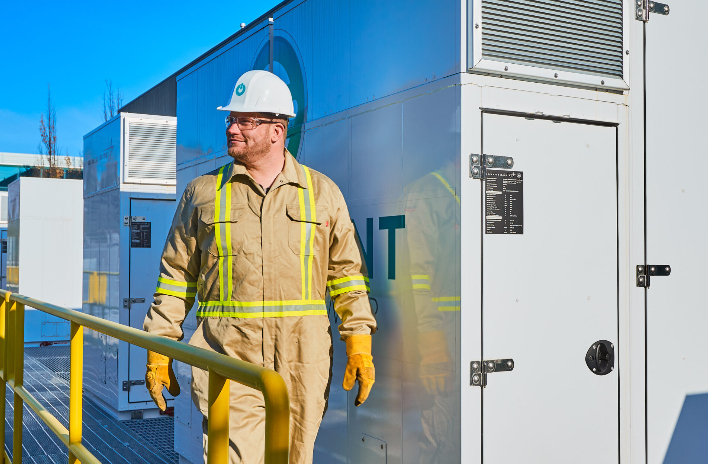
1월 . 31, 2024 17:42 다시 목록으로
Benefits of Energy Storage for Landowners
If you're considering leasing land for solar energy, you should also be thinking about incorporating batteries into your plans. Solar panels have become increasingly common in the past decade, with more rooftops sporting them than ever before. Similarly, electric vehicles (EVs) have seen a surge in popularity, with charging stations lining the roadsides. Now, the next big thing in clean energy is the transition to energy storage.
According to BloombergNEF, there is a projected 122-fold increase in stationary battery use in the next 20 years, largely due to an 85% reduction in battery costs between 2010 and 2018. Despite this growth, many people are still unfamiliar with the technology and its potential impact on land. This lack of familiarity may prevent people from taking advantage of the numerous benefits that energy storage offers. Just like leasing land for solar, leasing land for energy storage or solar-plus-storage (combining solar PV with battery storage) can benefit landowners and contribute to the clean energy transition.
From an economic, sustainability, and operational perspective, battery storage presents a triple threat, making it a favorable option for landowners. It is essential for landowners to understand this rapidly evolving sector and seize the opportunities it brings.
Before delving into why energy storage is such a great option for landowners, let's answer some frequently asked questions regarding this technology. These questions will help shed light on the benefits and processes involved in energy storage.
The future of energy storage lies in our ability to store energy for later use. As more customers generate their own power through solar panels, the grid, which was originally designed for a one-way flow of electricity, is forced to adapt to the bidirectional flow of power. Additionally, climate change has led to extreme weather events that the grid was not prepared to handle. Energy storage is crucial for accelerating the clean energy transition, reducing costs, and ensuring reliability for businesses, utilities, and communities.

Energy storage systems store electricity and discharge it at strategic times. Lithium-ion batteries, commonly used in cell phones and electric vehicles, are the most popular type of energy storage today. These systems can be charged with electricity from the grid, stored, and discharged when there is a deficit in supply or when energy prices are at their highest. Battery storage is a viable solution for businesses and utilities looking to reduce energy costs and carbon footprints simultaneously.
The answer is yes, you can pair battery storage with solar energy. Solar panels only generate electricity when the sun is shining, but our energy needs do not align solely with daylight hours. This is where energy storage comes in - it allows for the reliable storage and access of electrons generated by solar panels. A solar-plus-storage system combines a battery energy storage system with a connected solar PV system. This integration allows customers to reduce energy costs and carbon footprints by storing excess energy generated during sunny periods for later use.
In conclusion, energy storage offers numerous advantages for landowners. With the forecasted boom in stationary battery use and the significant reduction in battery costs, now is the perfect time to consider incorporating energy storage into your plans. By understanding the benefits and processes involved, landowners can make informed decisions that contribute to the clean energy transition while benefiting economically and environmentally. Whether it's leasing land for solar or energy storage, the possibilities for landowners in the clean energy space are vast and promising.
침해시 삭제됩니다
Reference website:https://resources.convergentep.com
-
Wireless DC Charging: The Next Frontier in Contactless EV Power Delivery
소식Aug.04,2025
-
Hybrid BMS Energy Controls: Integrating Renewable Energy Sources
소식Aug.04,2025
-
Blockchain for Secure and Decentralized EMS Power Systems
소식Aug.04,2025
-
AI-Driven for Smart Grids: Energy Management System (EMS)
소식Aug.04,2025
-
Advanced Distribution Management System (ADMS) Energy
소식Aug.04,2025
-
5G-Enhanced BMS Energy Savings: Ultra-Low Latency Control
소식Aug.04,2025























